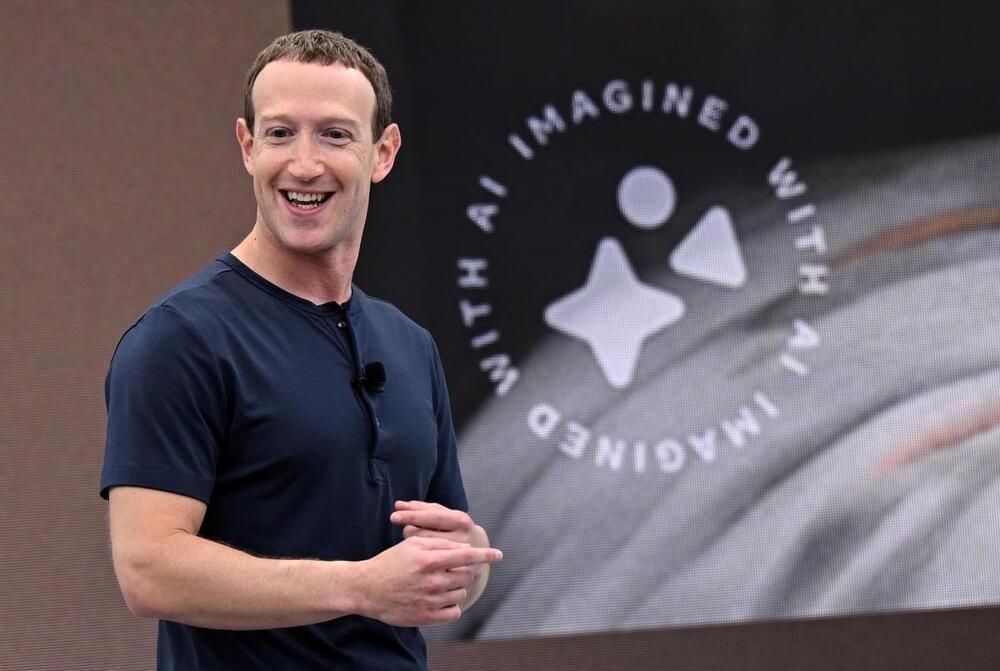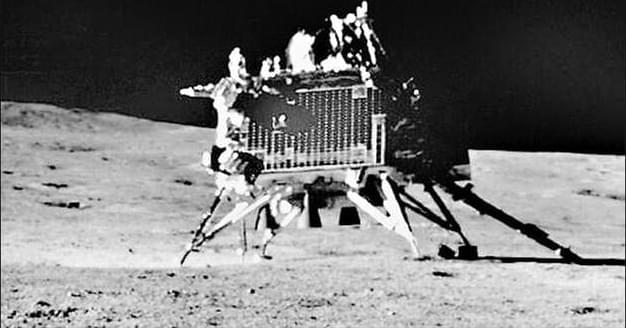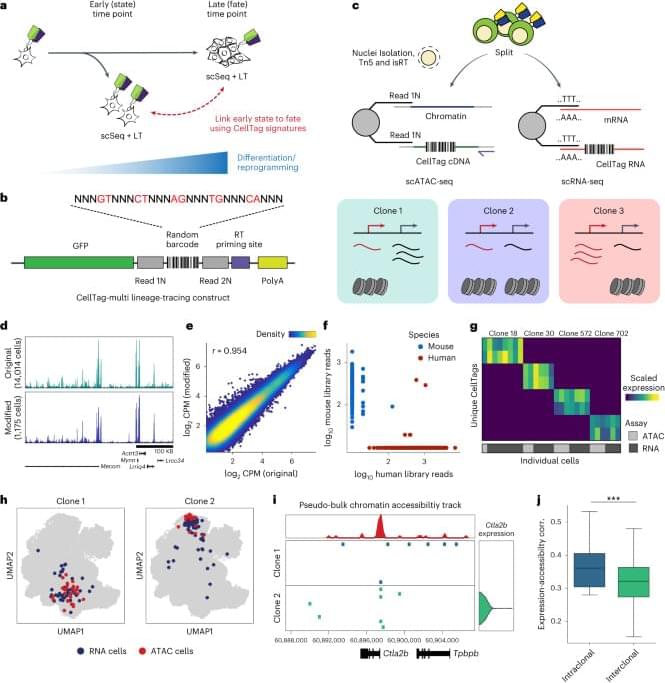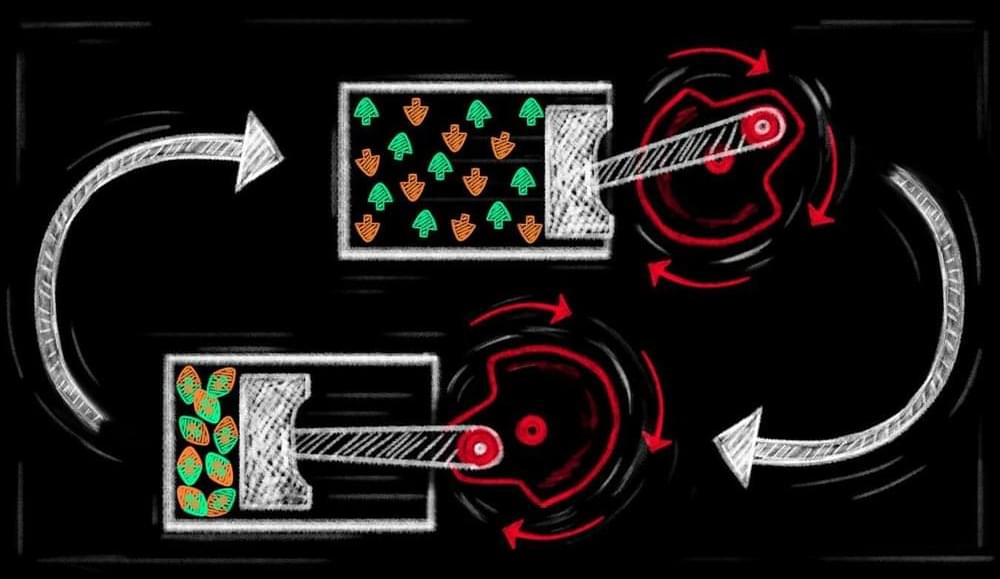Meta has a new, AI-centric, strategy to sell the public on its vision for the metaverse.




India became only the fourth nation ever to land a spacecraft on the Moon earlier this summer. The Chandrayaan-3 mission is still technically underway, but its days may be numbered. After waiting several weeks for the lunar night to end, the Indian Space Research Organisation (ISRO) reports that the mission’s Vikram lander and Pragyan rover remain offline.
Chandrayaan-3 arrived in orbit of the Moon in July, right alongside Russia’s Luna-25 spacecraft. The uncrewed missions were both angling to be the first to touch down in the Moon’s southern polar region, an area where NASA hopes to send astronauts in the coming years. Russia was on course to land first, but a system error caused the vehicle to crash instead. That left India to land at its leisure, which it did on Aug. 23.
According to the Chandrayaan-3 team, they’ve attempted to contact the lander and rover now that the sun is shining again. However, no signals have been received from the surface. It’s possible Vikram (see above) and Pragyan are well and truly dead after several weeks in the frigid night. However, the ISRO hasn’t given up hope. Even if the batteries are empty, the hardware may still be working. Given some time to soak in the rays, the robots could still come back online.

The Giant Magellan Telescope begins the four-year process to fabricate and polish its seventh and final primary mirror, the last required to complete the telescope’s 368 square meter light collecting surface, the world’s largest and most challenging optics ever produced. Together, the mirrors will collect more light than any other telescope in existence, allowing humanity to unlock the secrets of the universe by providing detailed chemical analyses of celestial objects and their origin.
Last week, the University of Arizona Richard F. Caris Mirror Lab closed the lid on nearly 20 tons of the purest optical glass inside a one-of-a-kind oven housed beneath the stands of the Arizona Wildcats Football Stadium. The spinning oven will heat the glass to 1,165°C so as it melts, it is forced outward to form the mirror’s curved paraboloid surface. Measuring 8.4-meters in diameter—about two stories tall when standing on edge—the mirror will cool over the next three months before moving into the polishing stage.
At 50 million times more powerful than the human eye, “the telescope will make history through its future discoveries,” shares Buell Jannuzi, Principal Investigator for the fabrication of the Giant Magellan Telescope primary mirror segments, Director of Steward Observatory, and Head of the Department of Astronomy at the University of Arizona. “We are thrilled to be closing in on another milestone in the fabrication of the Giant Magellan Telescope.”

Philosophers have wrestled with the question of whether we are truly free to decide on our actions for centuries. Now, insights from genetics, neuroscience and evolutionary biology are shedding fresh light on the issue.
By Clare Wilson

A complete quantum computing system could be as large as a two-car garage when one factors in all the paraphernalia required for smooth operation. But the entire processing unit, made of qubits, would barely cover the tip of your finger.
Today’s smartphones, laptops and supercomputers contain billions of tiny electronic processing elements called transistors that are either switched on or off, signifying a 1 or 0, the binary language computers use to express and calculate all information. Qubits are essentially quantum transistors. They can exist in two well-defined states—say, up and down—which represent the 1 and 0. But they can also occupy both of those states at the same time, which adds to their computing prowess. And two—or more—qubits can be entangled, a strange quantum phenomenon where particles’ states correlate even if the particles lie across the universe from each other. This ability completely changes how computations can be carried out, and it is part of what makes quantum computers so powerful, says Nathalie de Leon, a quantum physicist at Princeton University. Furthermore, simply observing a qubit can change its behavior, a feature that de Leon says might create even more of a quantum benefit. “Qubits are pretty strange. But we can exploit that strangeness to develop new kinds of algorithms that do things classical computers can’t do,” she says.
Scientists are trying a variety of materials to make qubits. They range from nanosized crystals to defects in diamond to particles that are their own antiparticles. Each comes with pros and cons. “It’s too early to call which one is the best,” says Marina Radulaski of the University of California, Davis. De Leon agrees. Let’s take a look.


To enable prospective lineage tracing with chromatin accessibility capture, we have developed ‘CellTag-multi’. CellTag-multi is based on our previous CellTagging technology, which uses sequential lentiviral delivery of CellTags (heritable random barcodes) to enable the construction of multilevel lineage trees7,16. Here we introduce a strategy in which CellTags, expressed as polyadenylated transcripts, can be captured in both scRNA-seq and scATAC-seq assays allowing for independent tracking of clonal transcriptional and epigenomic state.
We validate this method using in vitro hematopoiesis, a well-characterized model of multilineage differentiation, and demonstrate highly accurate reconstruction of lineage relationships and capture of lineage-specific progenitor cell states across scRNA-seq and scATAC-seq. Moreover, the addition of chromatin accessibility information to gene expression allows for an improvement in the prediction of differentiation outcome from early progenitor state. We also deploy CellTag-multi in the direct lineage reprogramming of fibroblasts to iEPs, to characterize early gene regulatory changes in rare subpopulations of cells that successfully reprogram. This application reveals how chromatin is remodeled following the expression of reprogramming TFs, enabling deeper insight into gene regulatory network reconfiguration. We uncover the TF Foxd2 as a facilitator of on-target reprogramming, increasing the efficiency of MEF to iEP conversion.

A quantum engine that works by toggling the properties of an ultracold atom cloud could one day be used to charge quantum batteries.

Self-sustaining chemical reactions that could support biology radically different from life as we know it might exist on many different planets using a variety of elements beyond the carbon upon which Earth’s life is based, a new study finds.
On Earth, life is based on organic compounds. These molecules are composed of carbon and often include other elements such as hydrogen, oxygen, nitrogen, phosphorus and sulfur.